
Sao Tome Church.
Natural wonders
Before the 15th century, the two islands of São Tomé and Príncipe off the coast of the Gulf of Guinea were uninhabited. It was not until 1471-1472 that the Portuguese discovered the two islands and turned them into their own land. The first inhabitants of the islands were mainly Portuguese Jews and slaves from Portuguese African colonies. They worked on plantations and factories producing sugar, coffee and cocoa. After the April 25, 1974 revolution won in Portugal, the people of the two islands voted to declare independence, establishing the Democratic Republic of São Tomé and Príncipe.
Any time of year is great for visiting São Tomé. Birdwatchers usually visit the island between December and January, when the birds mate and their plumage is at its most colorful. Sea turtles lay their eggs between mid-November and February. Humpback whales, killer whales and dolphins pass by the island between August and October. June and August are the best months for hiking around the island.
The most famous destination in São Tomé is Obo National Park. It has a collection of 135 different bird species, including many rare species such as Príncipe's warbler, Dohrn's warbler, bird of paradise, São Tomé sunbird... There are native birds, but also migratory species from West Africa and beyond. In addition, there are 109 different orchid species.
São Tomé was formed by solidified volcanic lava. Traces of its early geology can still be found on the island, such as Boca do Inferno (meaning “Gate to Hell”) in the south of the island. Here, water gushes out of the sea through an underground cave, but because there is no outlet, the pressure causes the water to shoot up from the ground, creating an interesting sight.
Pico de São Tomé, the highest mountain on the island, is a challenging destination for many tourists. To conquer this 2,024m peak, climbers must spend 2 days going up and down, each time walking 8 hours continuously. However, on the way up, tourists will never get bored. Past the coffee and cocoa plantations at the foot of the mountain is a humid tropical forest with many strange plants. Halfway up the mountain, there is a rest stop for tourists to camp overnight.
Pico Cão Grande (Big Dog Peak) is no less famous than Pico de São Tomé. This mountain was created when lava erupted 370m high and then solidified. Beachgoers who see Pico Cão Grande standing tall like a stone pillar against the sky know they are about to arrive in São Tomé. Because moss grows on the steep cliffs, only professional climbers dare to climb Pico Cão Grande. For many people, just standing at the foot of the mountain and looking up is enough to overwhelm them.
The most popular beaches in São Tomé are the trio of Micondó, Inhamé and Jalé. All three beaches have excellent water and sand quality. Not to mention the coral reefs that grow close to the shore. Spend the day diving and exploring the coral reef ecosystem with schools of tropical fish, dolphins and sea turtles, or mysterious underwater caves.
Evenings are when conservationists patrol the beaches of São Tomé to protect the turtles. If you visit in the right season, you can join a group to watch the giant turtles crawl ashore to lay their eggs.
The old plantations of São Tomé are called roças. Many of them have been abandoned and gradually “swallowed up” by nature. In recent years, locals have renovated the plantation buildings and turned them into tourist destinations. Agostino Neto is the oldest and largest plantation on the island. The two-story building in the center of Agostino Neto was once featured on the island’s Dobra currency, and was also abandoned. Today, it has been converted into a small museum.
Ancient city
The capital of the island nation of the same name, São Tomé, is home to around 72,000 people, or one-third of the country's population. The city was founded in 1485 and has retained much of its original appearance.
The São Tomé Cathedral in the city centre was built in the 15th century. The last major renovation took place in 1956 and was renovated in a Neo-Renaissance and Neo-Romantic style. The São Tomé Cathedral is located next to the People's Square - where people always come to enjoy the breeze, eat and drink, and enjoy the performances of street artists.
The National Museum of São Tomé is located in the former fortress of São Sebastião. In ancient times, the island was an important node in the maritime trade network of the Portuguese empire. To protect São Tomé, the Portuguese built the fortress of São Sebastião in 1575. After being abandoned for a while, in 2006, the building was renovated into a museum. Many tourists choose to visit the museum in the evening to see the old lighthouse at the fortress lit up.
São Tomé’s music is a blend of African and Portuguese influences, but it is also very much its own. The socopé sound and ússua dance, which originated in São Tomé, have become popular in recent years in West Africa. There is also the traditional musical form of tchiloli, which combines European opera and African masked drama. You can find musicians and actors performing tchiloli outdoors on weekend evenings in People’s Square.
Source



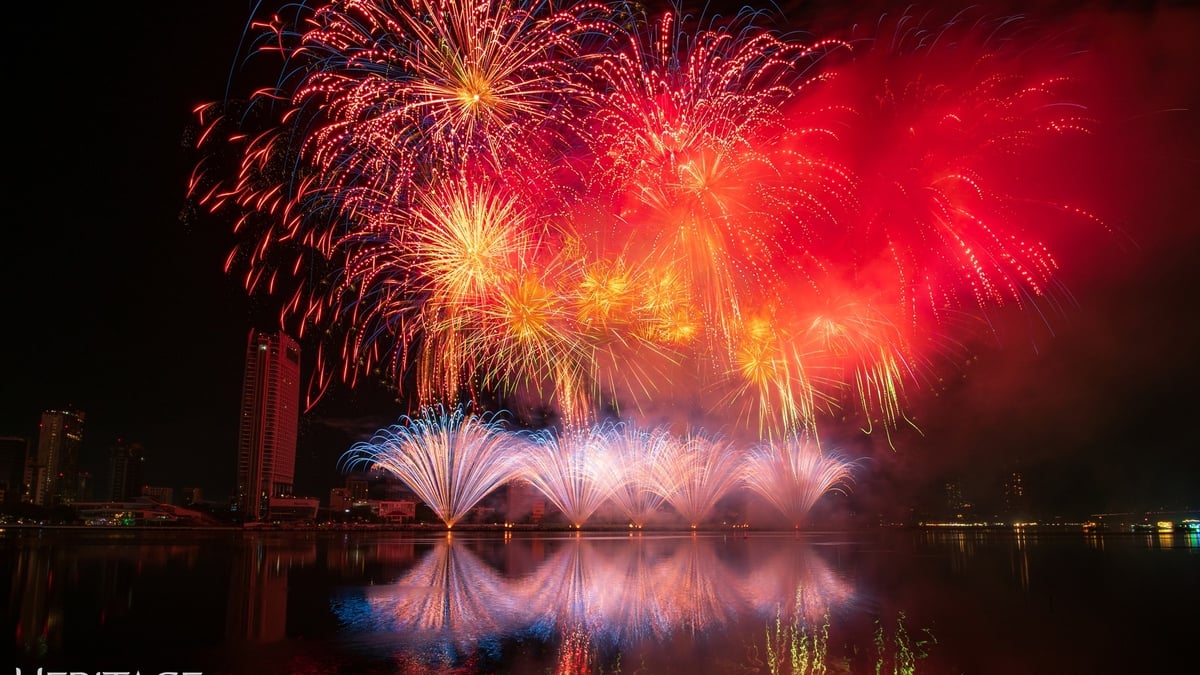



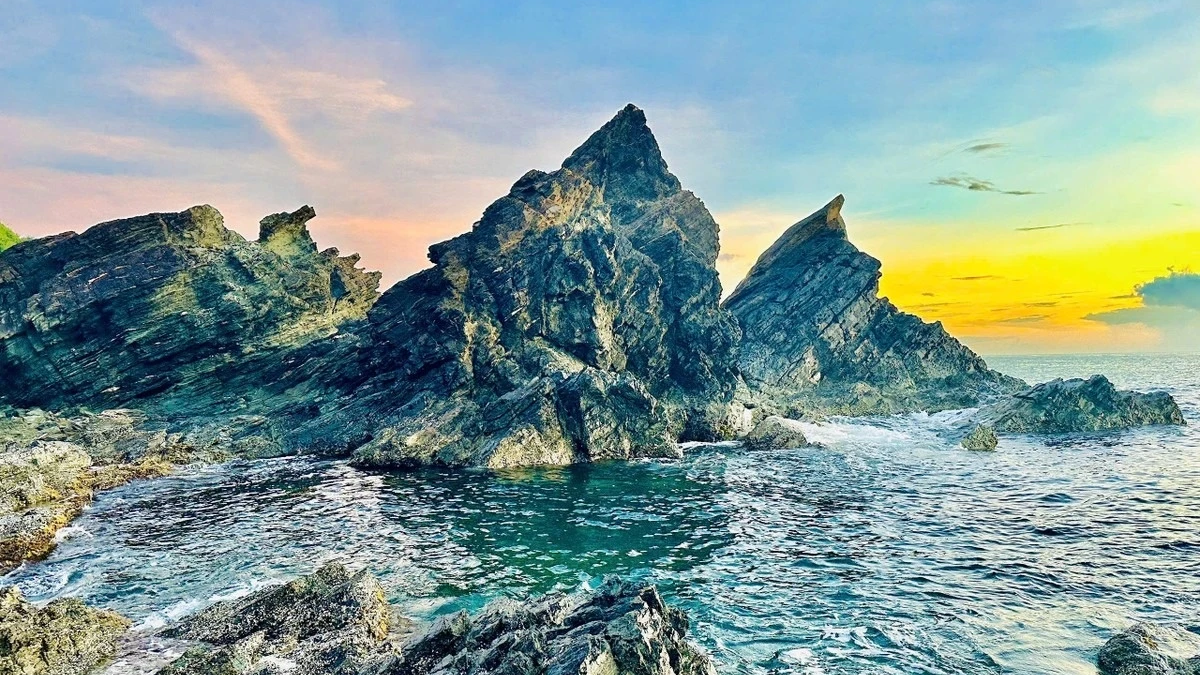


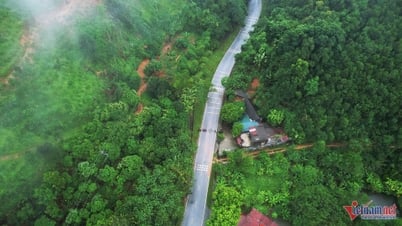





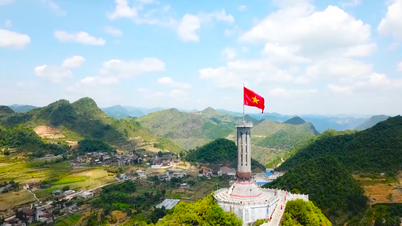


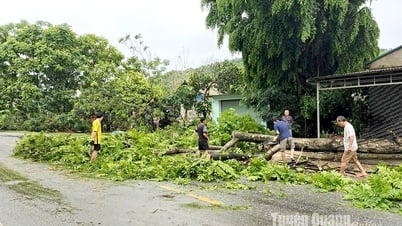
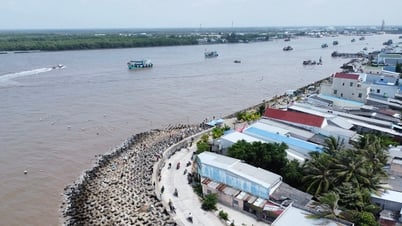
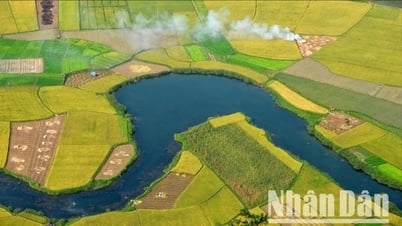

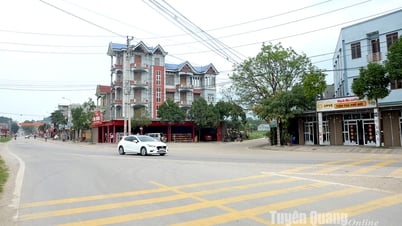









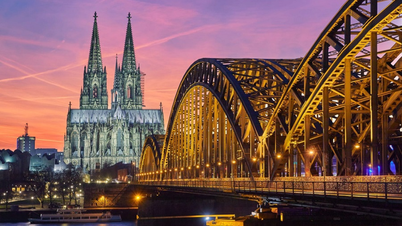
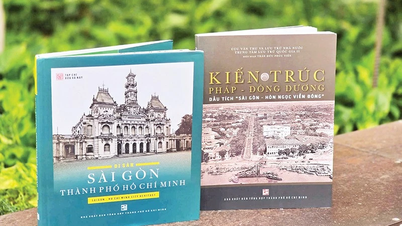





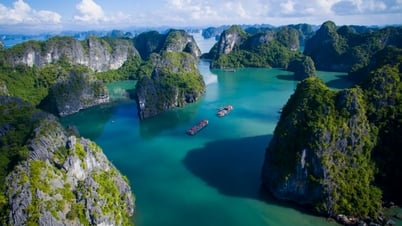

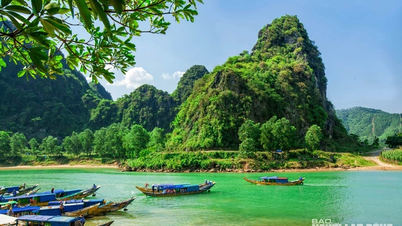


























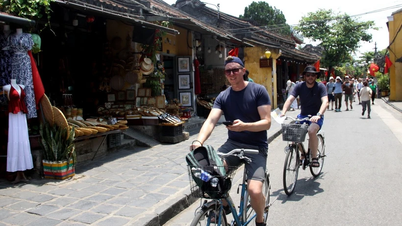

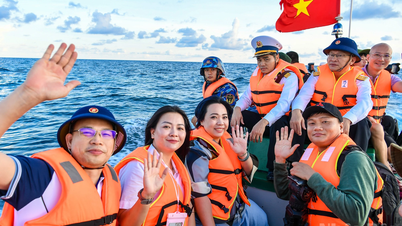
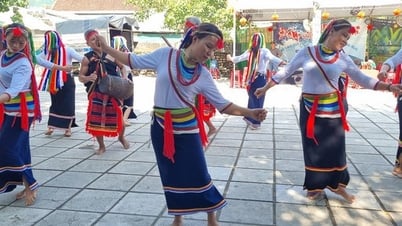






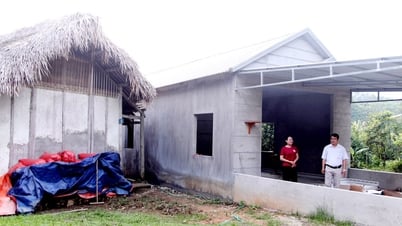




















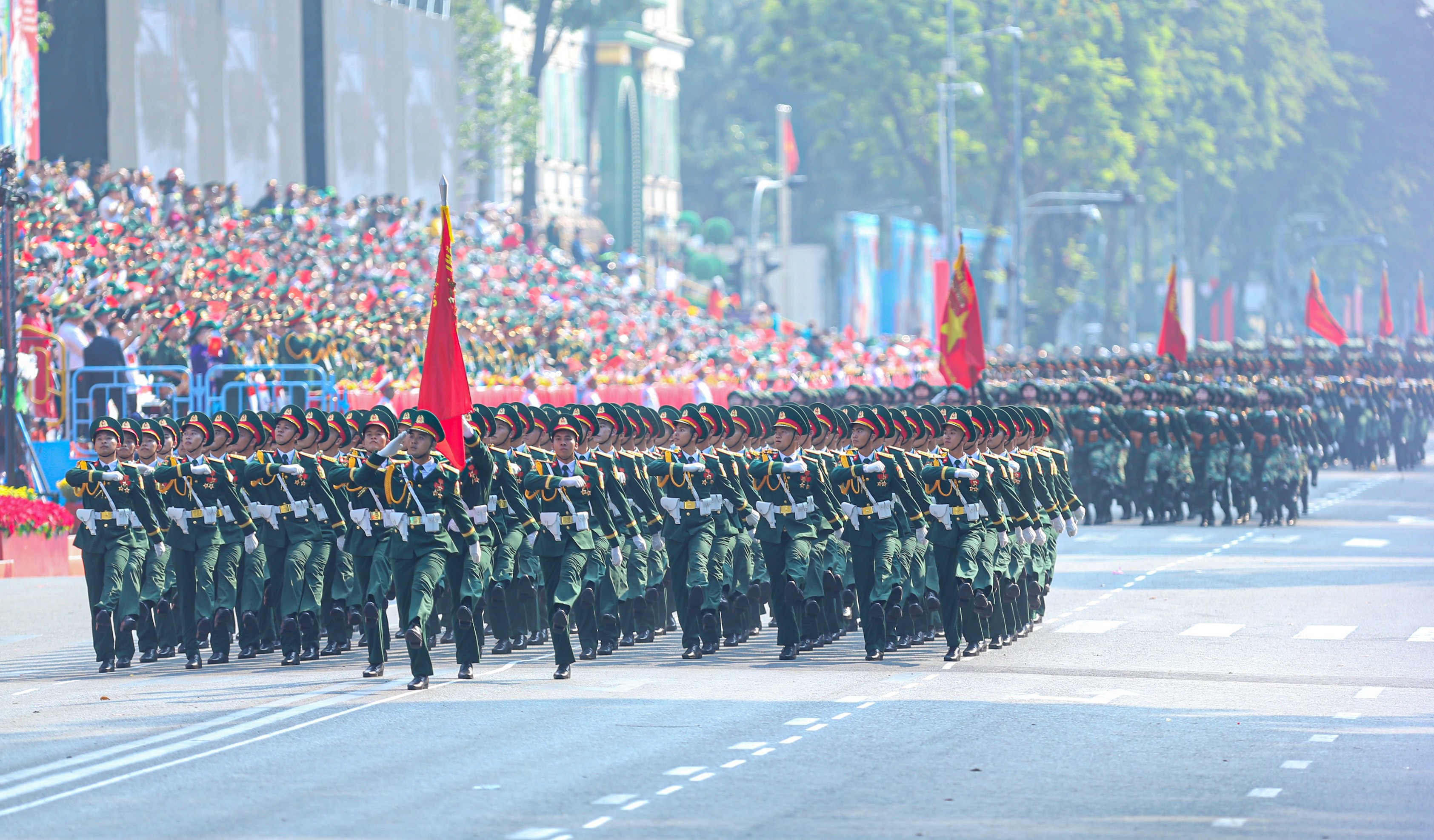

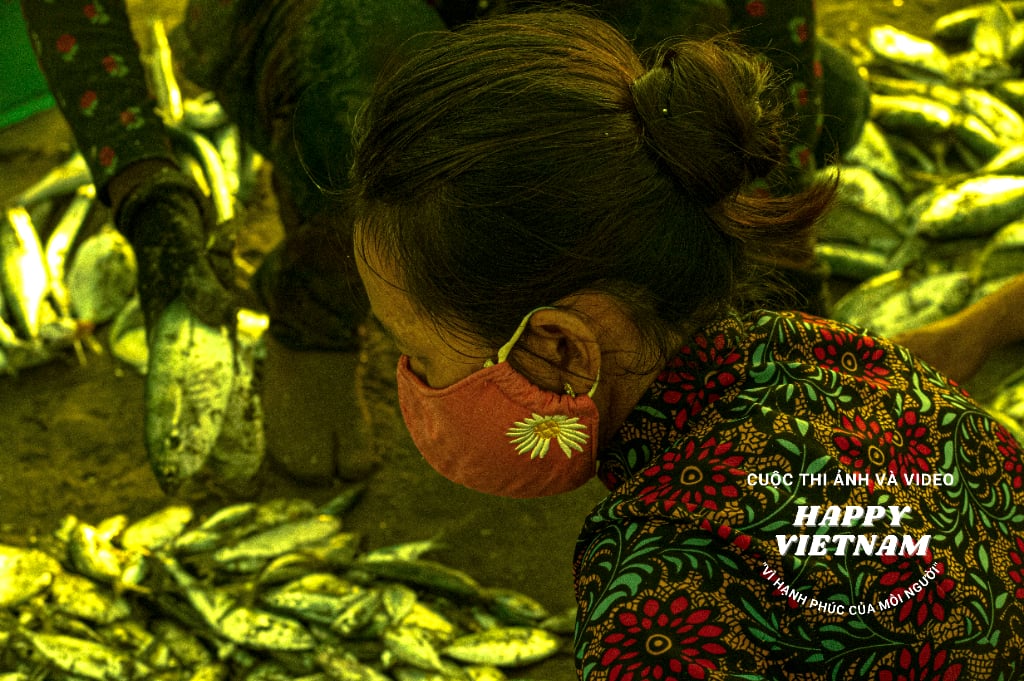

Comment (0)